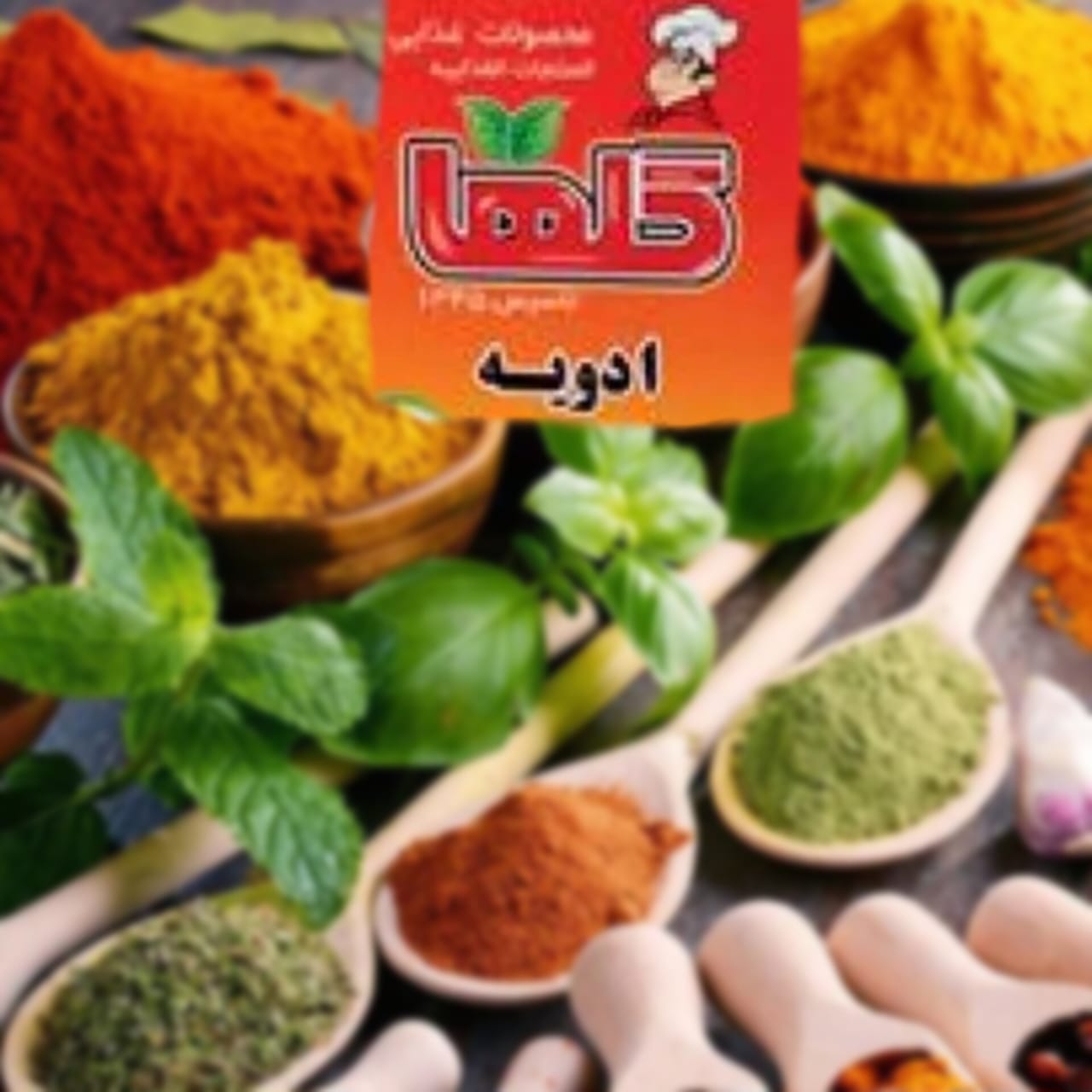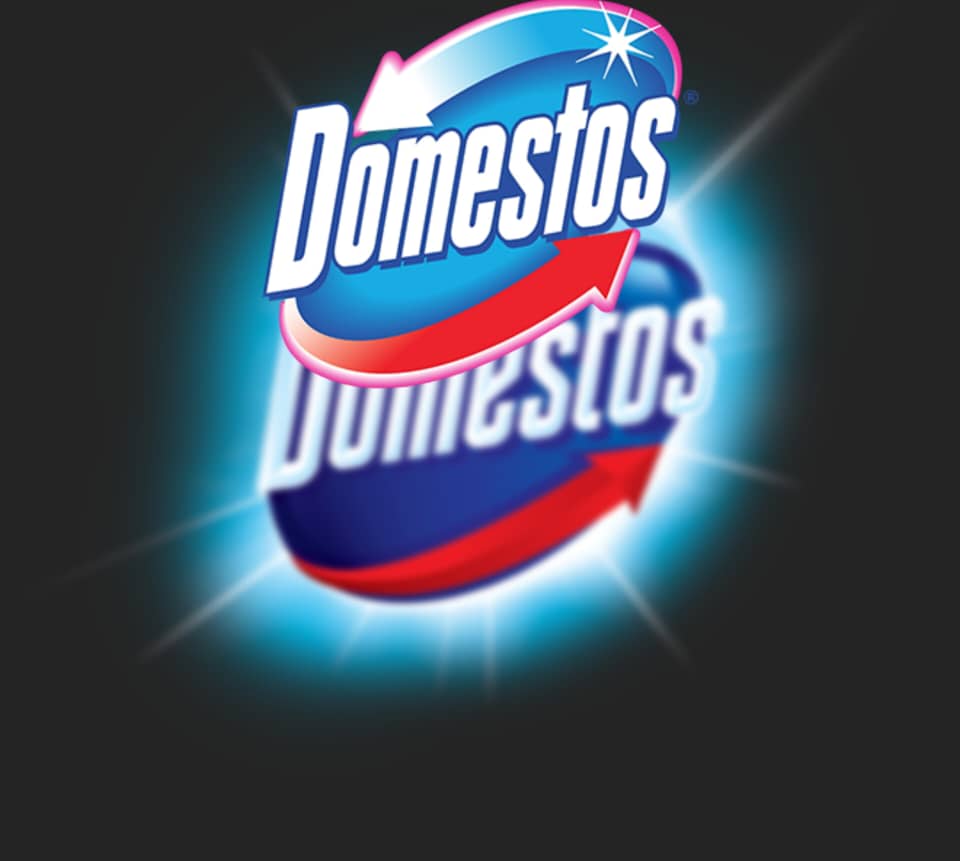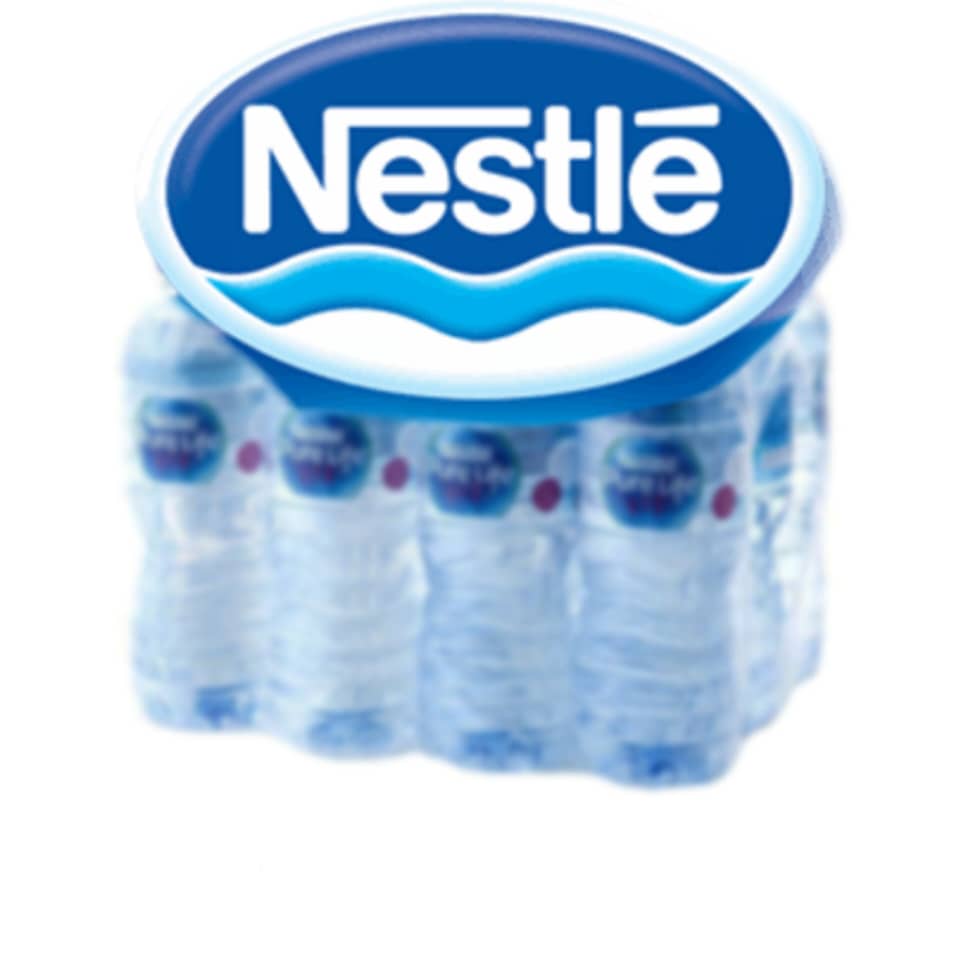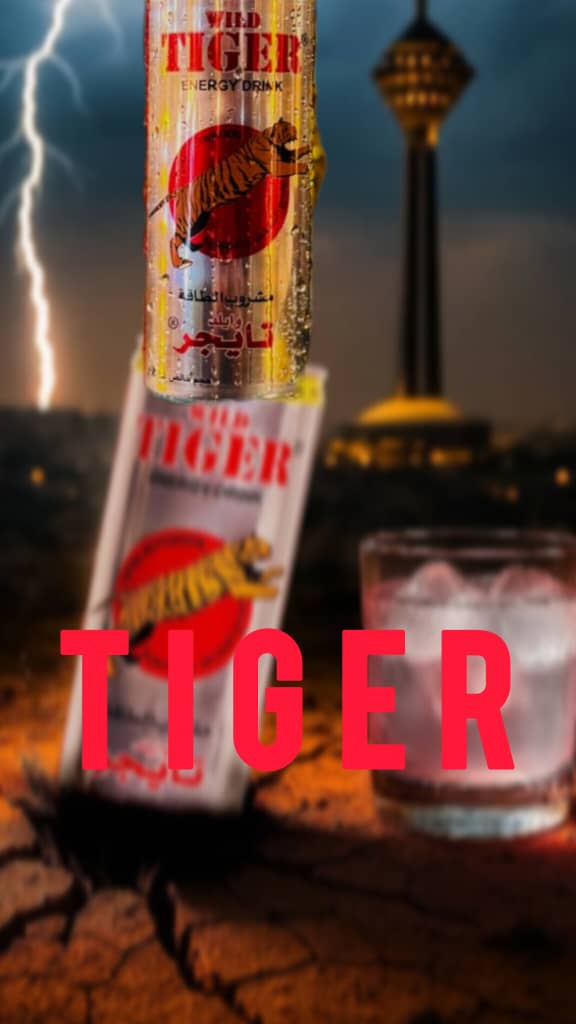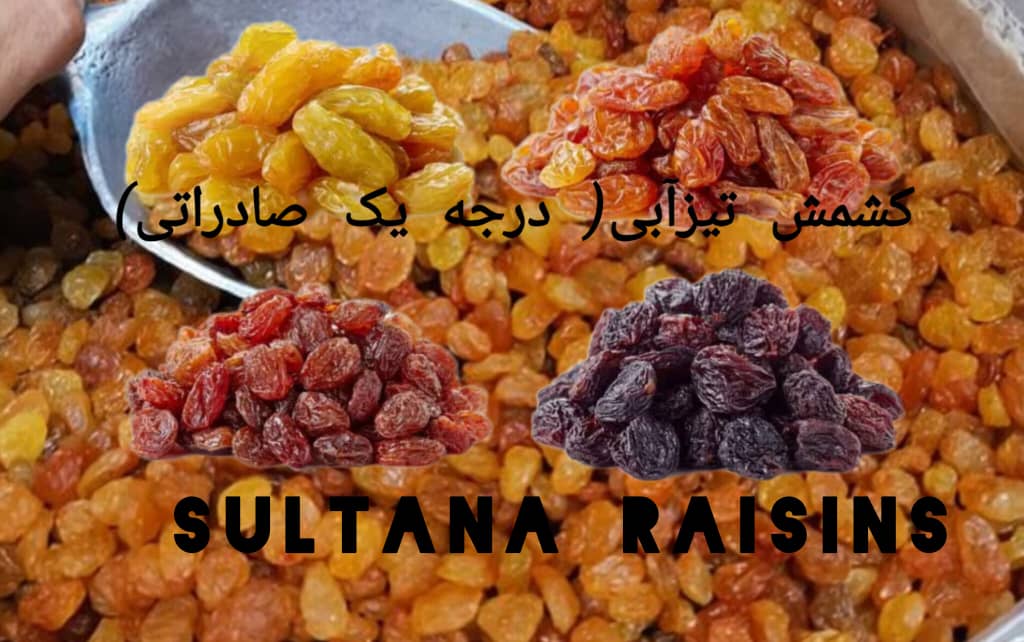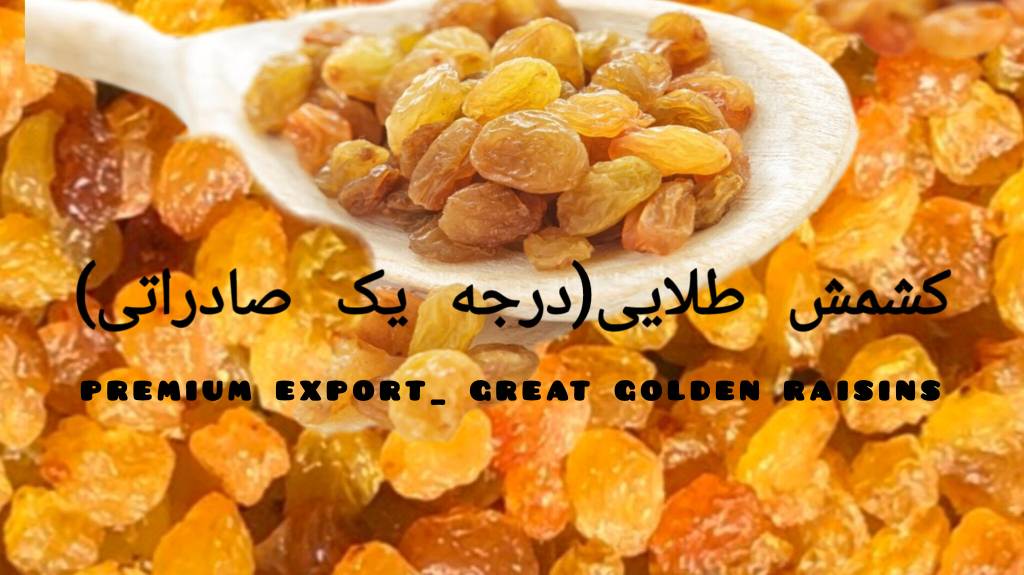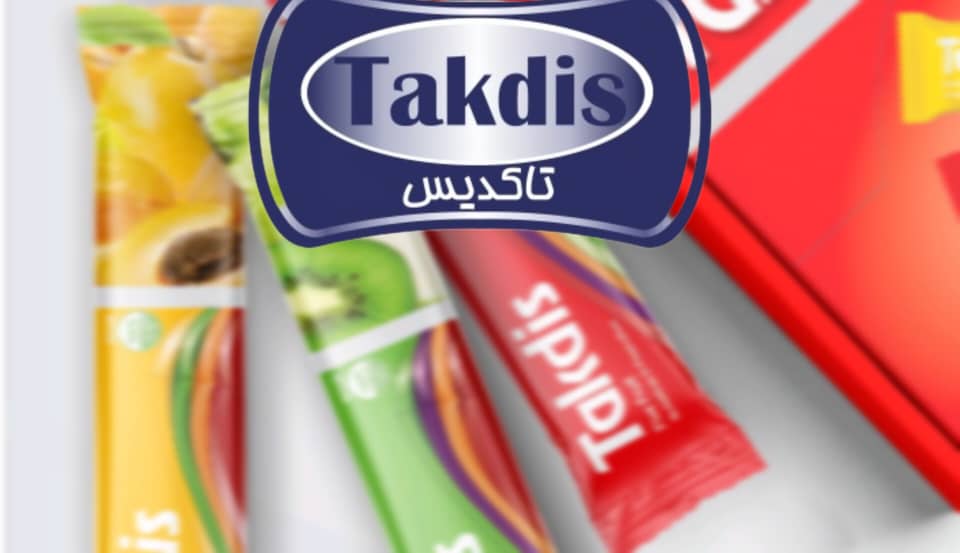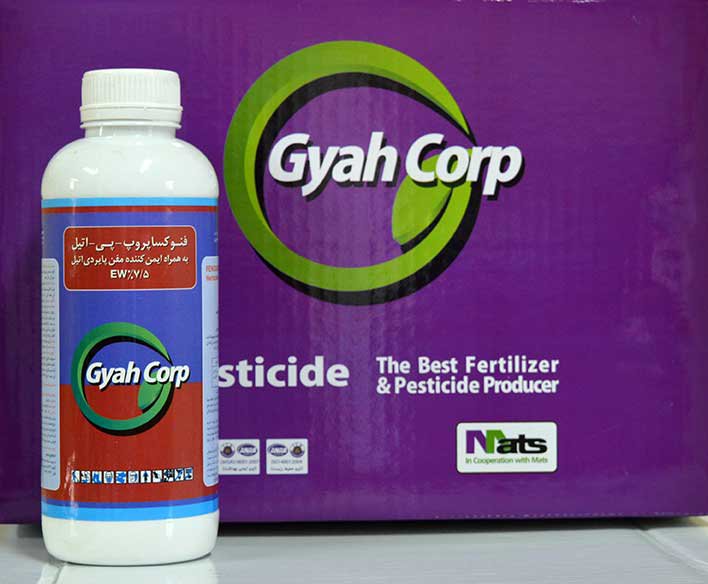
- Seen : 628 View
This herbicide is available in the market under the brand name Puma super 7.5% EW and Whip super 12% EC. Fenoxaprop pethyl is a selective, systemic and contact herbicide
Aryloxyphenoxypropionic acid group is post-emergent to control narrow leaf weeds with 7.5% EW formulation and safener (SAFENER) named mefenpyridiethyl in wheat and barley fields and also with 12%EC formulation without The preservative is used in broadleaf products. This herbicide is absorbed by the green tissues of the plant and transferred to the vegetative points in the leaf, stem and root. This composition is stable at a temperature of 50 degrees Celsius for 90 days, and at pH = 5.8 and a temperature of 20 degrees Celsius, it is 0.7 milligrams per liter of water and 200 grams per liter of acetone, more than 200 grams per liter. Ethyl acetate and 24 grams are dissolved in one liter of ethanol. It is not sensitive to light, but it is decomposed by acid and alkaline compounds. The half-life of this herbicide is more than 1000 days at 20 degrees Celsius and pH=5, 100 days at pH=7 and 4.92 days at pH=7.
Mechanism of action:
Fenoxapop Pethyl is a selective, systemic and contact herbicide that controls narrow-leaf weeds by preventing the biological synthesis of fatty acids, and also prevents the subsequent formation of cell membranes in the growth points of weeds and ultimately leads to the death of the plant. It becomes junk. This herbicide is absorbed by the leaves and green tissues of the weed and is transferred to the vegetative points in the leaf, stem and root or rhizome in both acropetal and basipetal ways (upward and downward).
Indications:
Fenoxaprop Pethyl 7.5% EW (together with Mefenpyridiethyl preservative) can be applied in the amount of 1-0.8 liters per hectare and from the two-leaf stage to the formation of the second node of annual and perennial narrow-leaf weeds in wheat fields and He consumed barley. Also, fenoxaprop ethyl 12% EC can be applied post-emergence to control annual and perennial narrow-leaved weeds in the fields of broad-leaf crops such as potatoes, vegetables, beans, soybeans, sugar beets, oilseeds, peas, and cotton in the amount of -1.2 used 1 liter per hectare. In order to obtain better results, it is recommended to use from the two-leaf stage to the middle of the tillering stage (after the growth in the weed tillering stage). Fenoxaprop Pethyl controls wild oat, blood grass, wild millet, fox tail and other narrow leaf weeds in wheat and barley fields (except rye and rye). Fenoxaprop Pethyl should be used in suitable growing conditions for the main crop and weeds, especially in the presence of sufficient moisture in the soil. It is recommended to refrain from spraying in inappropriate growing conditions (stresses such as waterlogging, dry land, lack of nutrients). After spraying and drying of the poison solution on the plant, the occurrence of rain will not reduce the effect of this poison on the weeds.
Compatibility and mixing:
Fenoxaprop Pethyl with preservative does not cause any yellowing or burning on wheat and barley, and it does not cause blight on broad leaf plants without preservative. Fenoxaprop ethyl with other common herbicides in wheat and barley farming (except hormonal herbicides) and also with many insecticides (such as deltatrin 2.5% emulsion and endogia 35% emulsion), various fungicides, liquid fertilizers and growth regulators. RGR) recommended in the cultivation of wheat and barley, as well as other broad leaf crops can be mixed.
Fenoxaprop Pethyl spraying method:
For spraying by tractor sprayers, spray line nozzles with an angle of 80 degrees and with a pressure of 2.5-3 bar (atmosphere) that produces droplets of 250-300 micrometers should be used. In order to obtain better results, it is necessary to choose spraying nozzles at an angle of 45 degrees to the direction of tractor movement. The speed of the tractor should be between 5-8 kilometers per hour and the volume of the spraying solution should be 100-300 liters per hectare.
Saler Company Information

